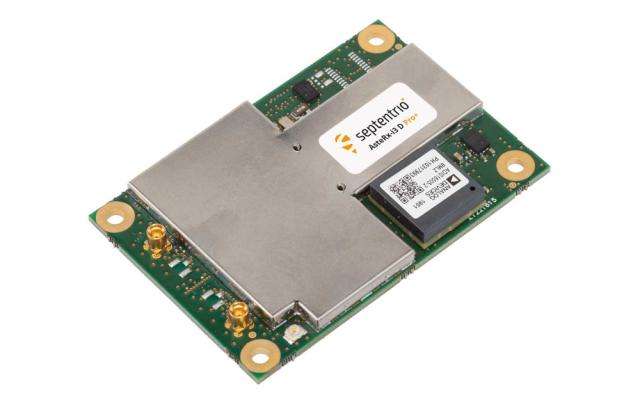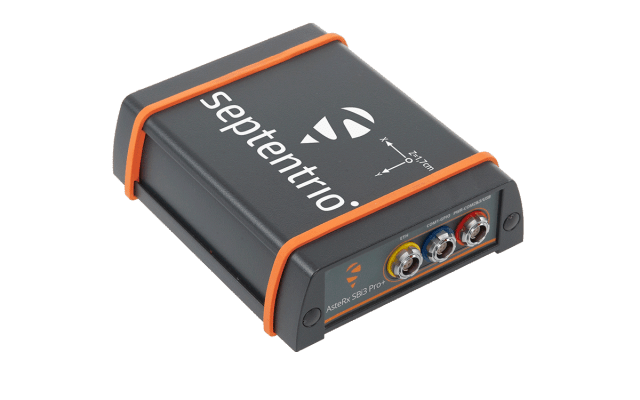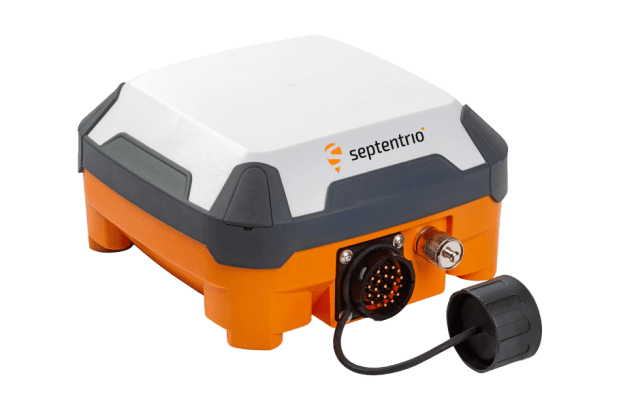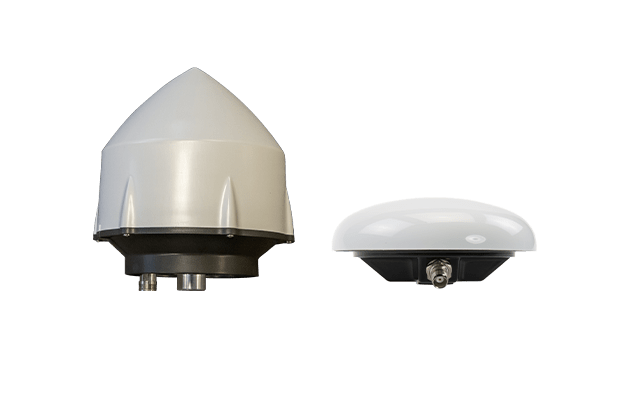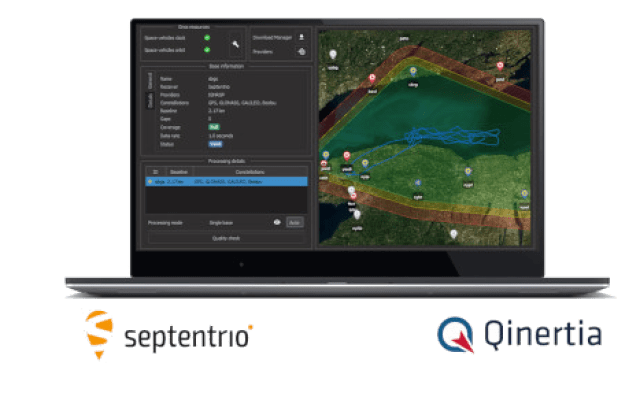The accuracy and robustness of the velocity measurement is significantly enhanced by the IMU/GNSS integration. High-accuracy velocity is especially useful in kinematic applications such as train control, automotive testing or sports. A GNSS/INS system will also have a slightly better positioning accuracy as compared to GNSS alone, since the positioning solution will be “smoothed” out. In short, GNSS+INS is a powerful navigation and measurement tool used today in applications such as autonomous vehicles, robotics, machine automation as well as car testing and even sports.
IMU inertial sensor in the GNSS/INS system
At the heart of an INS system is an IMU device which measures rotation and acceleration by using gyroscopes and accelerometers. There are many types of IMUs which vary in their performance capabilities. There are consumer-grade IMUs for coarse motion sensing, temperature-calibrated industrial-grade MEMS IMUs and finally advanced, high- accuracy IMUs based on fiber optics in a very high price bracket. Within the GNSS receiver, a Kalman Filter algorithm fuses IMU and GNSS data to provide precise and reliable GNSS/INS positioning and 3D orientation.

